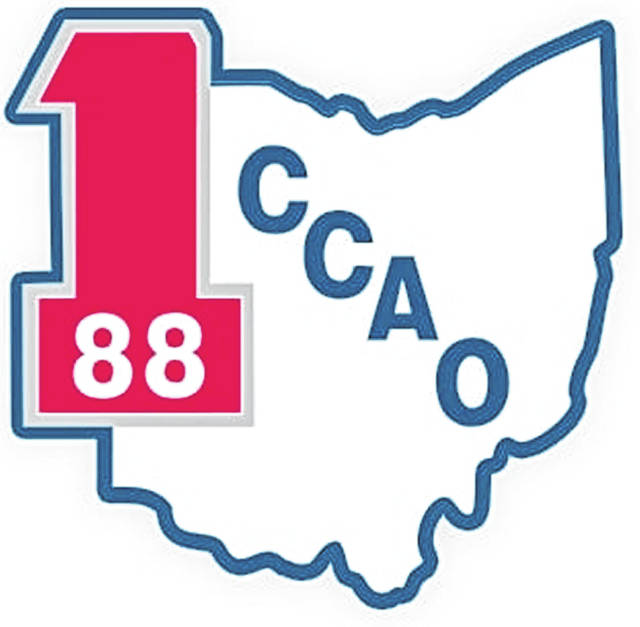
The County Commissioners Association of Ohio put out a “Briefing Guide” for Ohio General Assembly candidates in the last election. Now that the 134th session convened on Jan. 4, it’s worth looking at what CCAO felt was important for the 99 members of the Ohio House of Representatives and the 33 members of the Ohio Senate.
The guide was sent “as an introduction to county government and the current challenges and opportunities counties face,” wrote Executive Director Cheryl Subler. “We feel there are many opportunities for the state to partner with counties to make progress on key county priorities. Foremost of these priorities is the state assuming full financial responsibility for the cost of indigent defense.”
In this instance, indigent (poor) means a person is unable to pay a lawyer to defend them. The guide goes on to say indigent defense is a state responsibility.
But that’s not all.
“County interests also span the critical issues of revenue stability, economic development, county government reform and more,” Subler said.
The guide states the counties “serve as the arm of state government charged with providing vital services on the state’s behalf … elections, justice and public safety, infrastructure and human services.” They are also 88 branch administrative offices of the state with specific responsibilities, yet limited authority.
“The services provided by county government represent some of the most direct interactions many Ohioans have with any level of government,” the guide states. “From providing public safety to economic development to human services and more, county government’s impact on the daily lives of Ohioans is profound.”
Indeed, county commissioners were described as a jack-of-all-trades, playing a role similar to that of a CEO since they are involved with budgeting, economic development, and land use development. Interestingly, Cuyahoga and Summit counties have a charter form of government consisting of a county executive and a county council.
However, counties are facing growing demands and limited resources. Counties have struggled to get revenue over the past two decades due to changes in federal and state policy, the guide notes. Along with economic downturns, the reduction of the Local Government Fund by more than half in 2012, “forced counties to become more reliant on their own local revenue sources, especially the county sales tax.” In addition, the COVID-19 pandemic “decreased economic activity brought on by pandemic-induced business closures, elevated unemployment and contracted consumer spending translates directly to the fluctuation of multiple county revenue streams.” Among those revenue streams are from casinos, as well gas and diesel taxes.
“COVID-19 is just the latest fiscal challenge that counties must endure,” the guide states. “The resulting revenue shortfalls will lead to difficult choices for many counties: capital project delays, deferred maintenance, employee furloughs and layoffs, and reducing vital services are all potential outcomes. The strength of Ohio’s economic recovery from COVID-19 remains largely unknown. Future flareups and outbreaks across different regions or counties may have significant negative economic consequences for counties. While counties are optimistic for a rapid economic recovery, the lasting impact of COVID-19 will likely strain county budgets well into the future.”
Despite the pandemic, progress was made in the last General Assembly in modernizing the funding of Ohio’s transportation infrastructure, making investments in indigent defense and children services, as well as providing resources for COVID-19.
To continue strengthening the state-county partnership, the guide recommends having the state “assume the full financial responsibility for funding indigent defense reimbursement. Now is the time to fully remove this state-mandated financial burden from counties.” Other actions include continuing to “support and expand broadband expansion efforts to ensure that no Ohioan is excluded from the economic, health, and educational benefits of a digitally connected world.”
In what it called “further policy solutions,” the guide mentioned capital funding for county jails, protecting the existing sales tax base, fully funding election administration, and providing commissioners “greater flexibility over county Veterans Service Commission operations and funding.”
The guide notes that counties use property and sales taxes to provide revenue for their general fund. Counties may enact a sales tax of up to 1.5%, and 52 counties had reached that maximum rate last year. In an effort to provide stable revenues to counties, “CCAO supports the broadening of the state’s sales and use tax base to include additional services.”
Recommendations included a Universal Device Fee for 911 service and restoring capital funding for county jails.
The guide goes on to state, “The child protection system is overwhelmed by children left in the wake of the opiate epidemic. Since 2013, we have seen a 23% increase in the number of kids entering foster care.”
The guide also addressed budgetary control, county government reform, repealing outdated health mandates, sewer funding, water quality, and offering employers a qualified workforce.
Delaware County Commissioner Gary Merrell is listed among the CCAO’s leadership.
Members of another organization that represents county governments, the National Association of Counties, met on Jan. 15 with the incoming Council of Economic Advisors.
“The conversation focused on the impact of COVID in local communities, and the importance of direct federal support during this critical time,” said the readout provided by the Biden-Harris Transition team.


